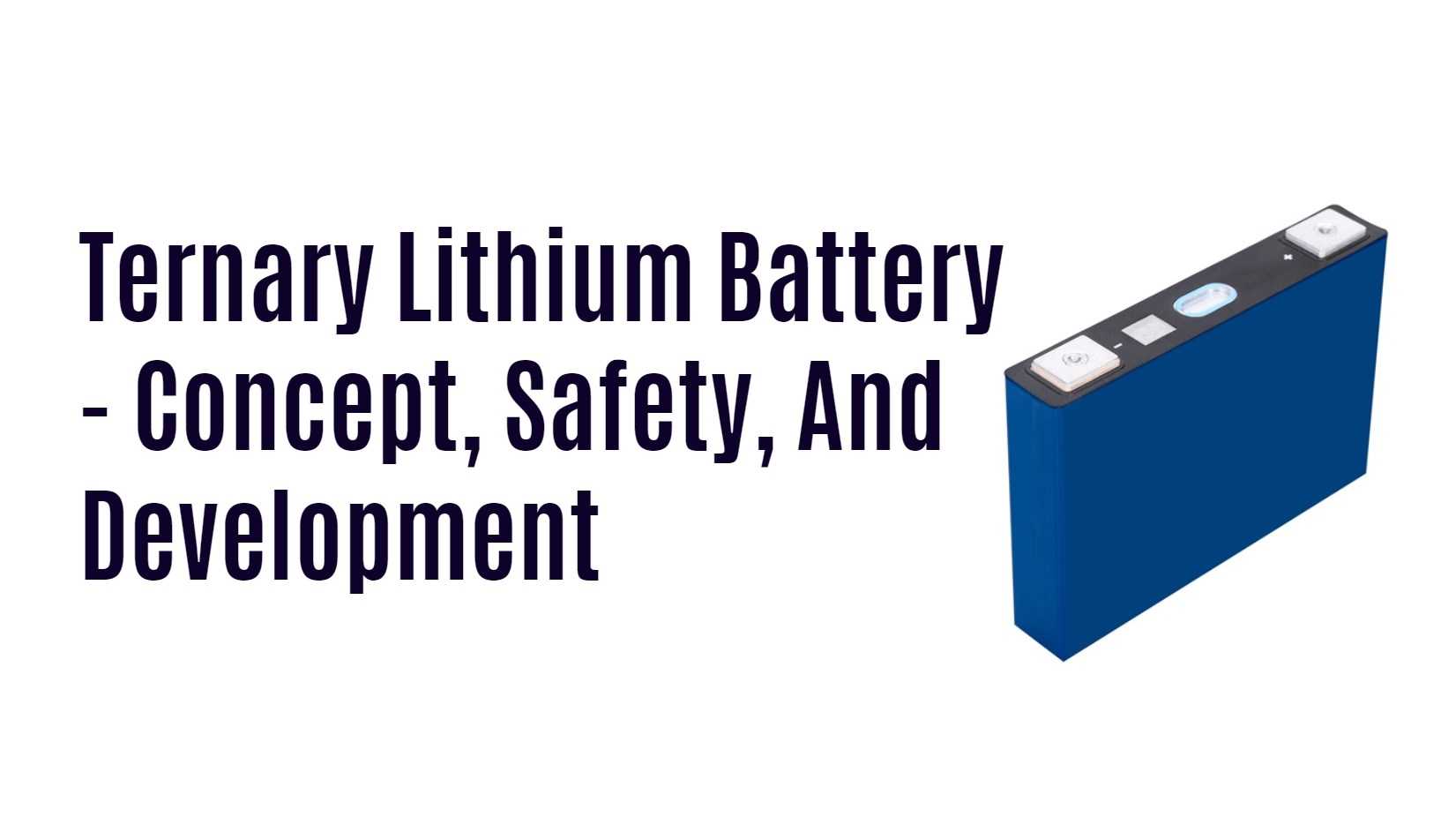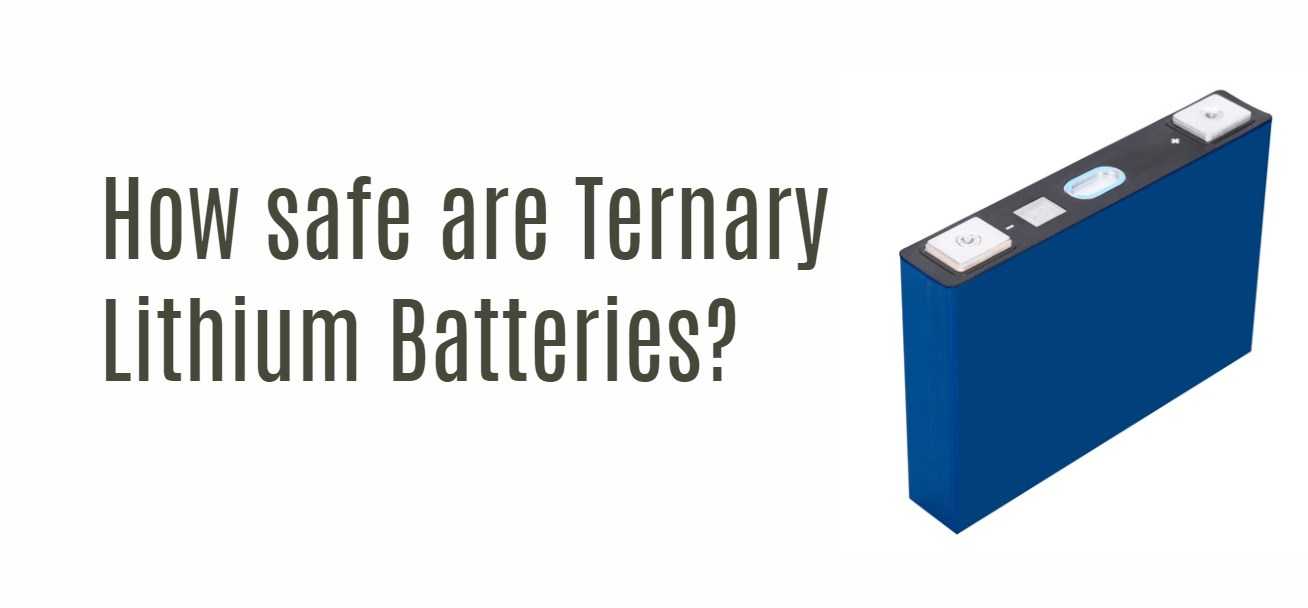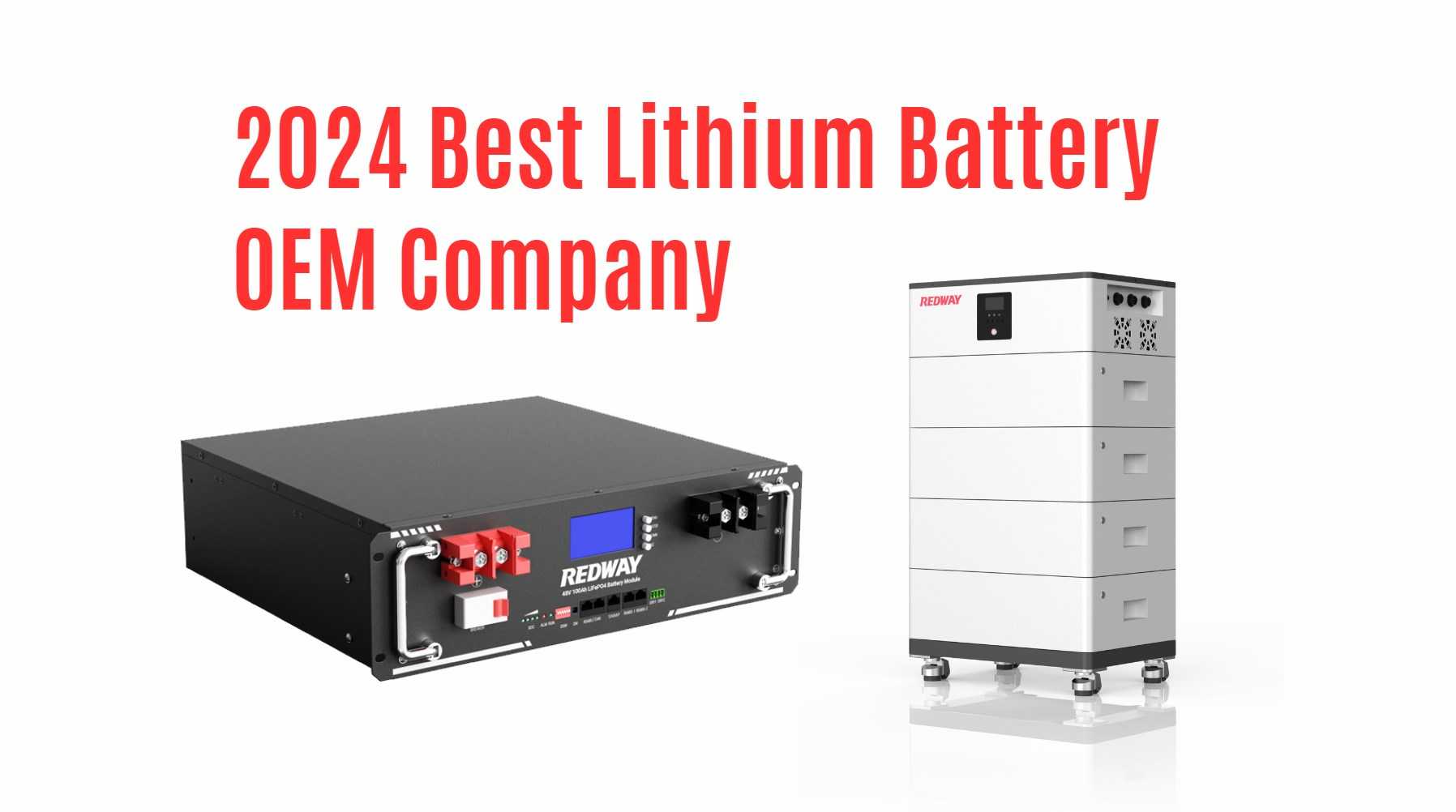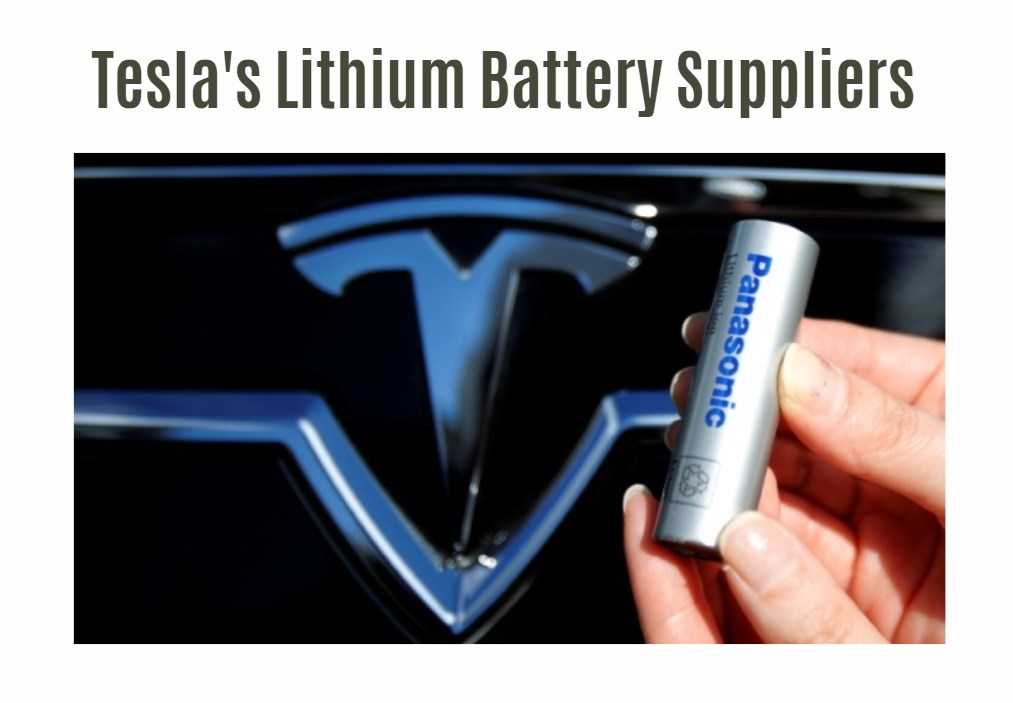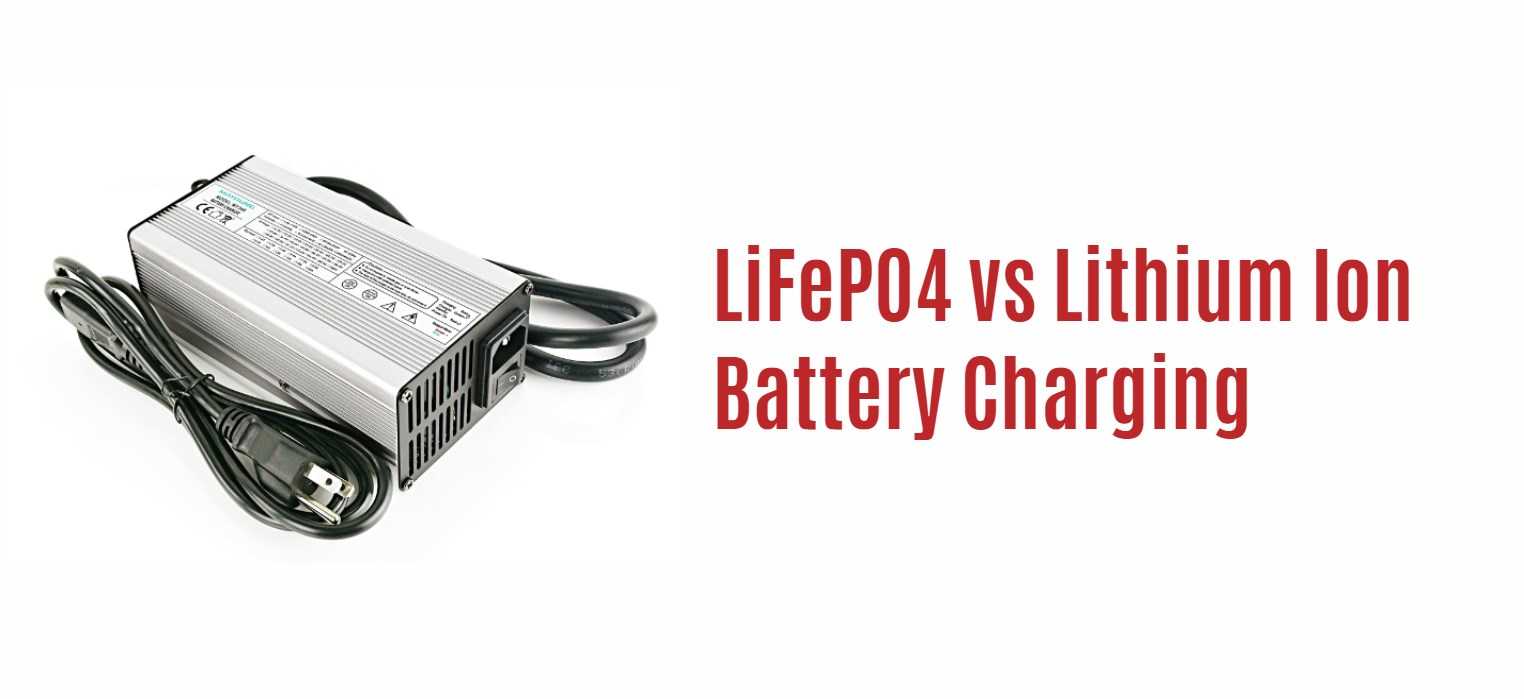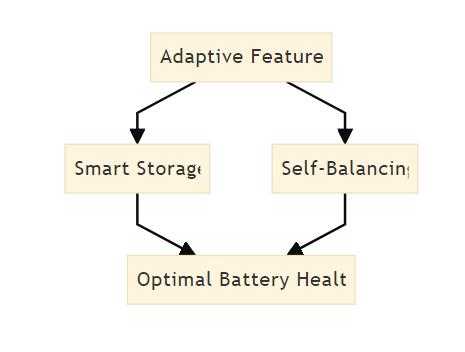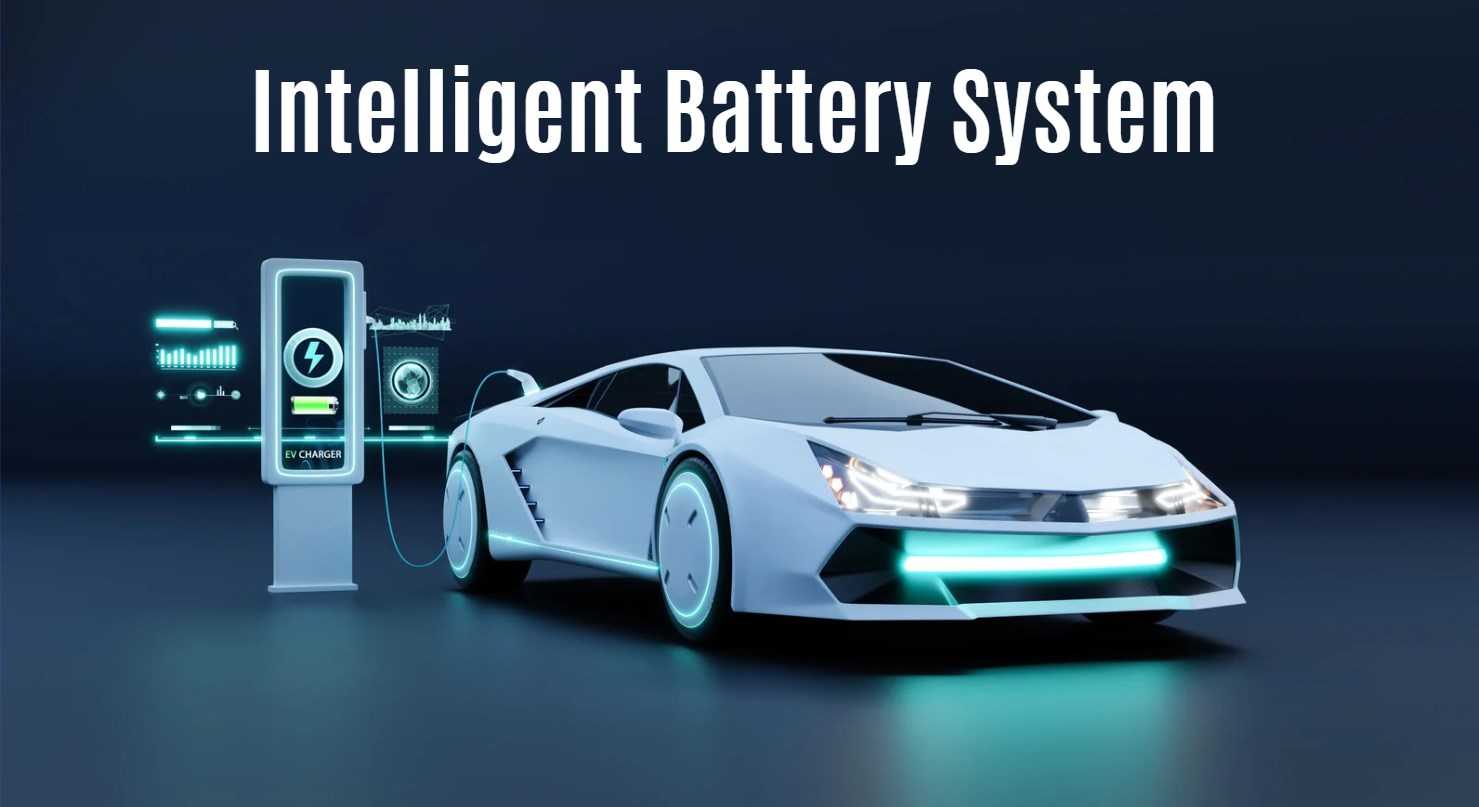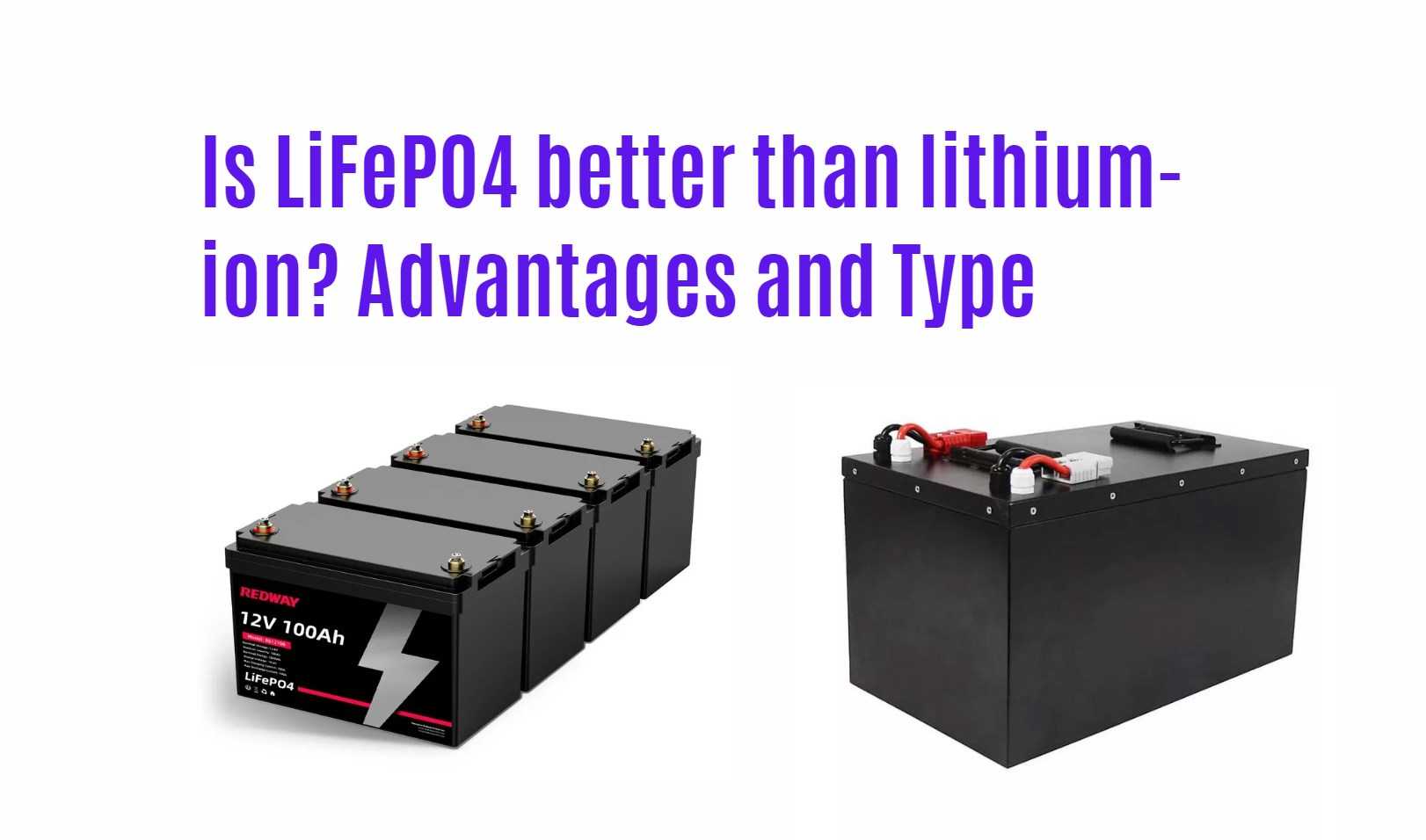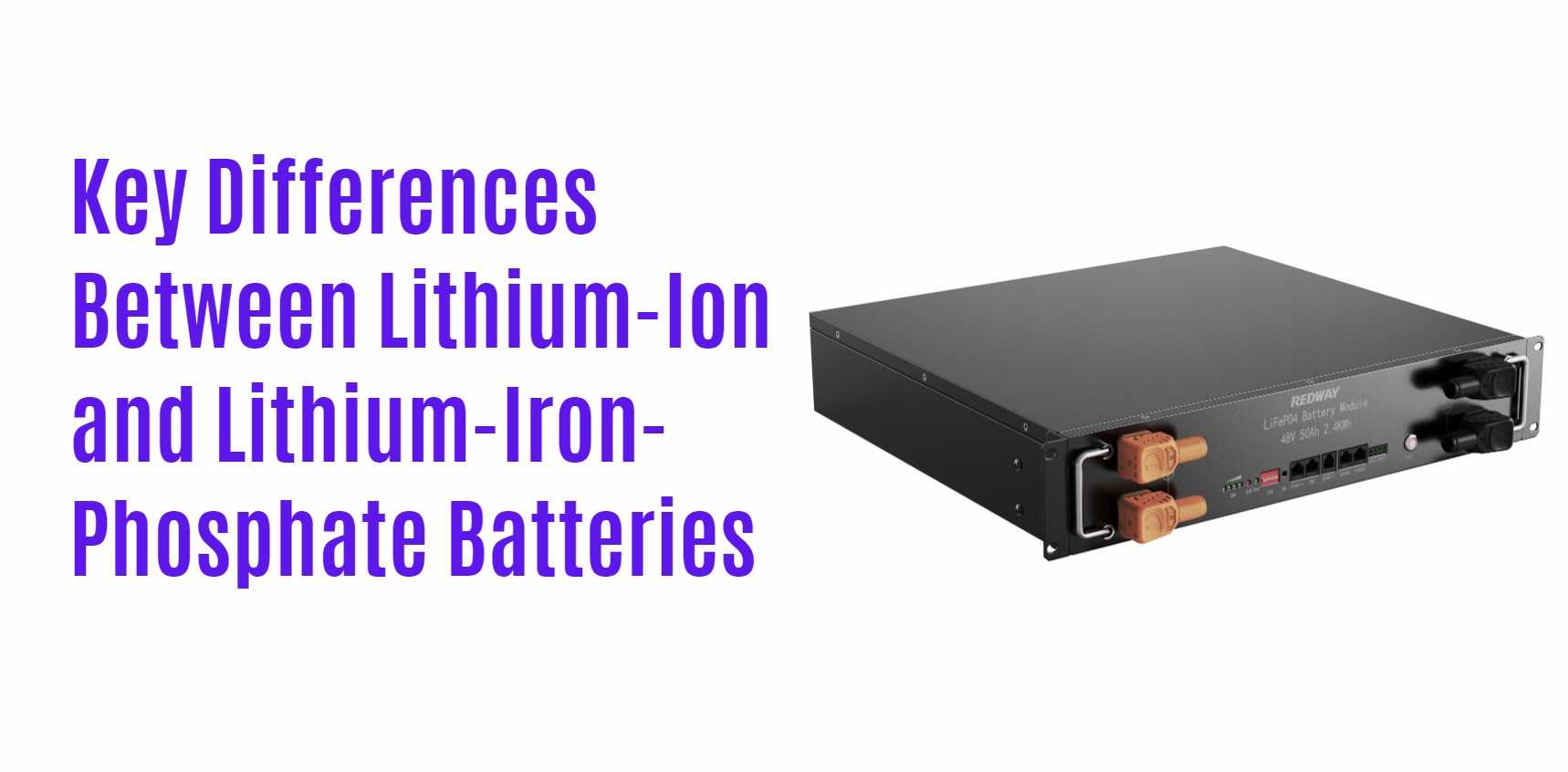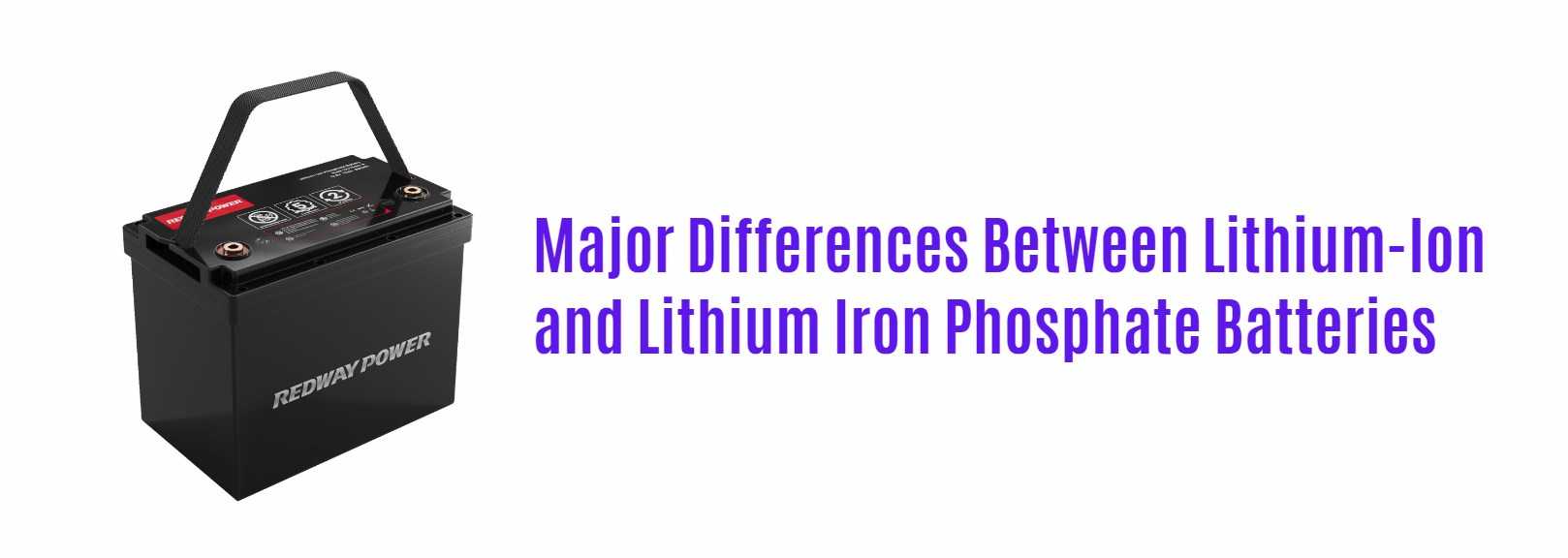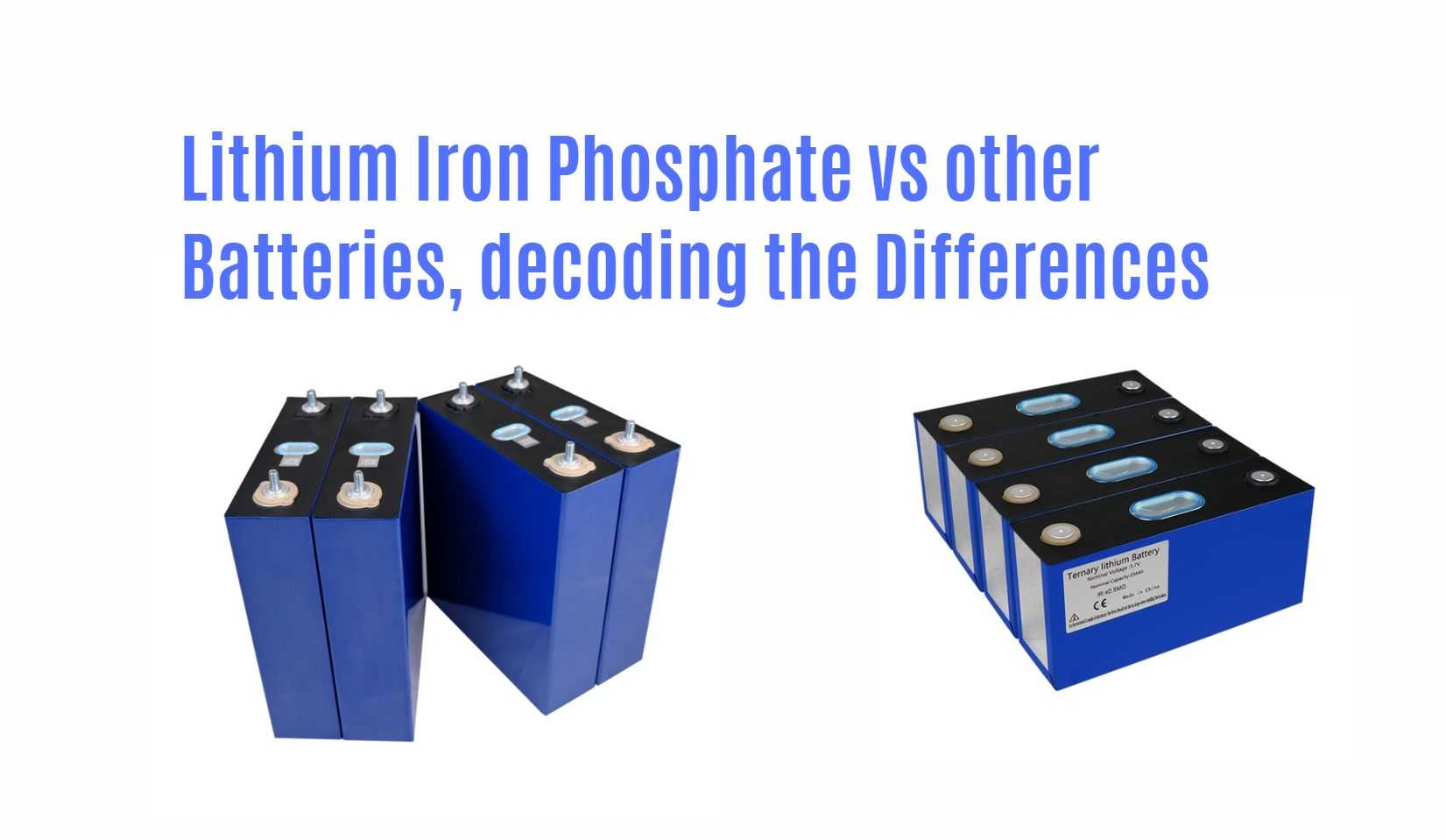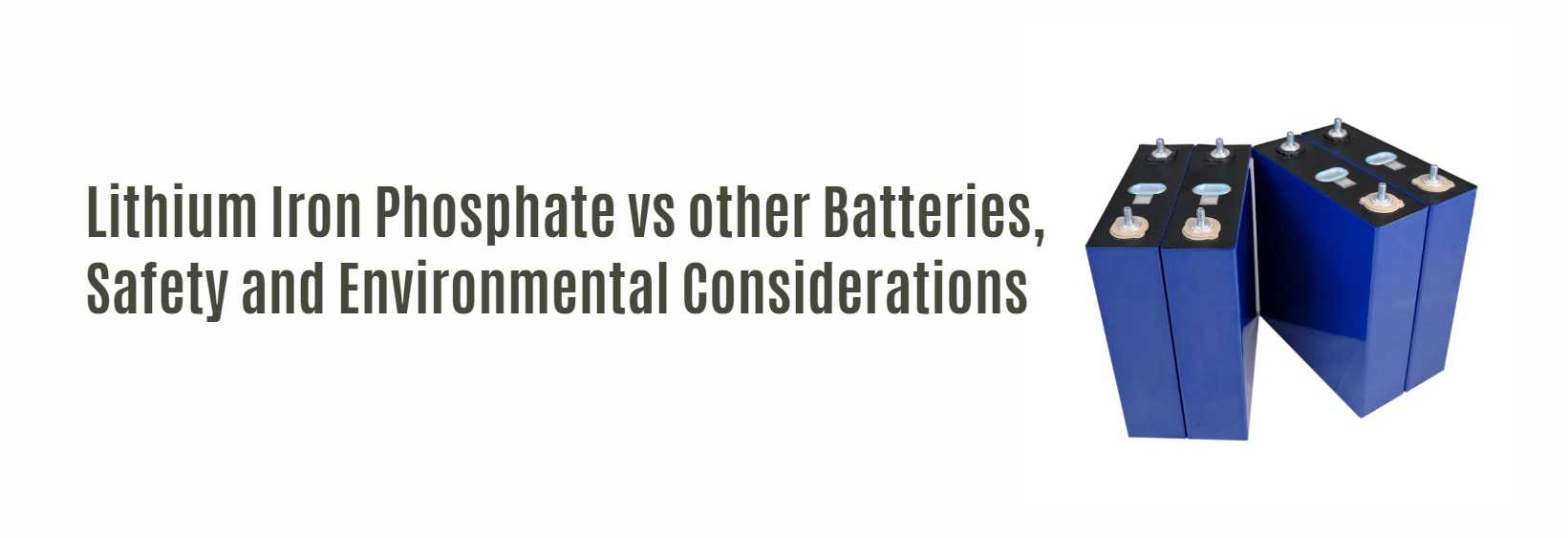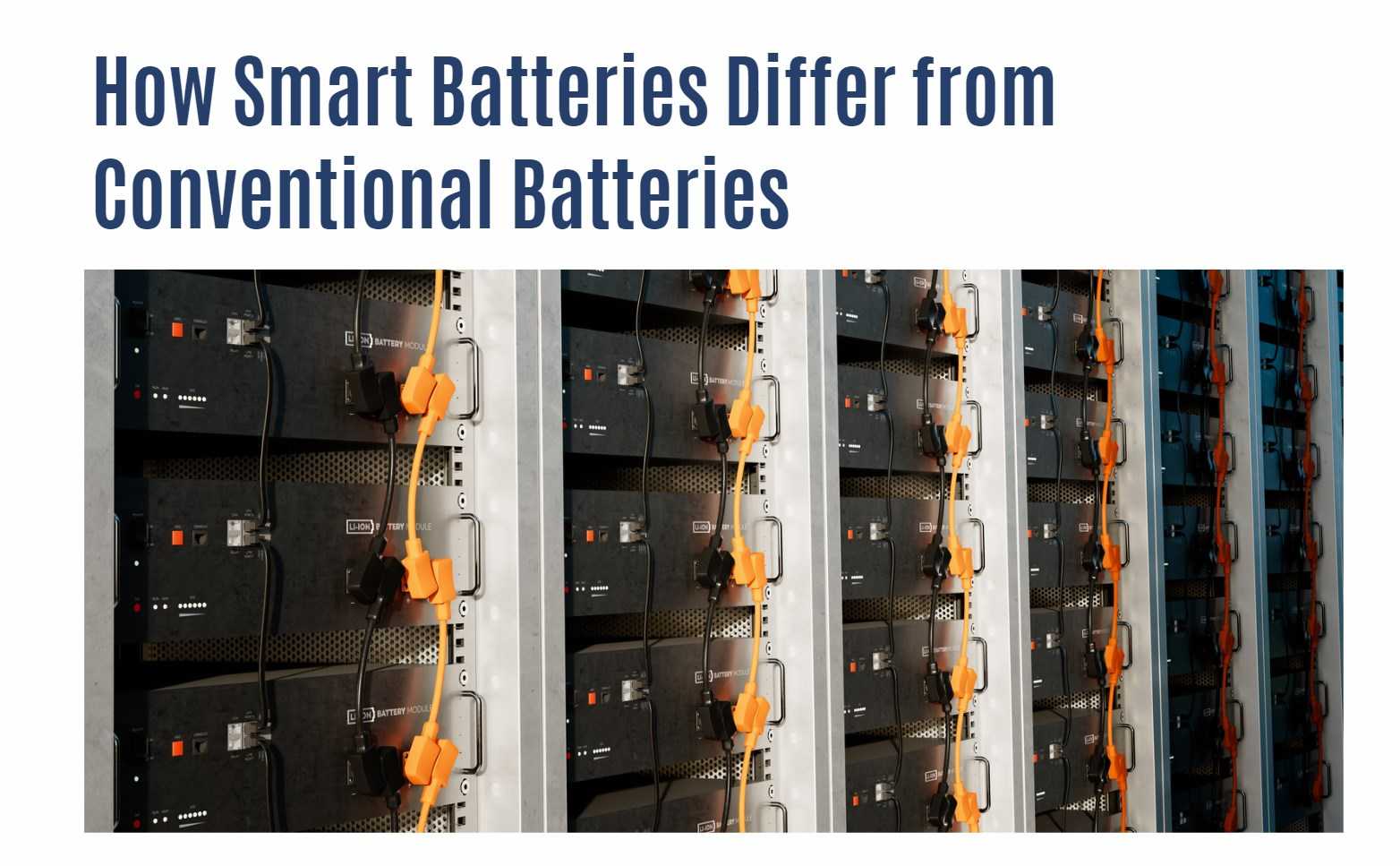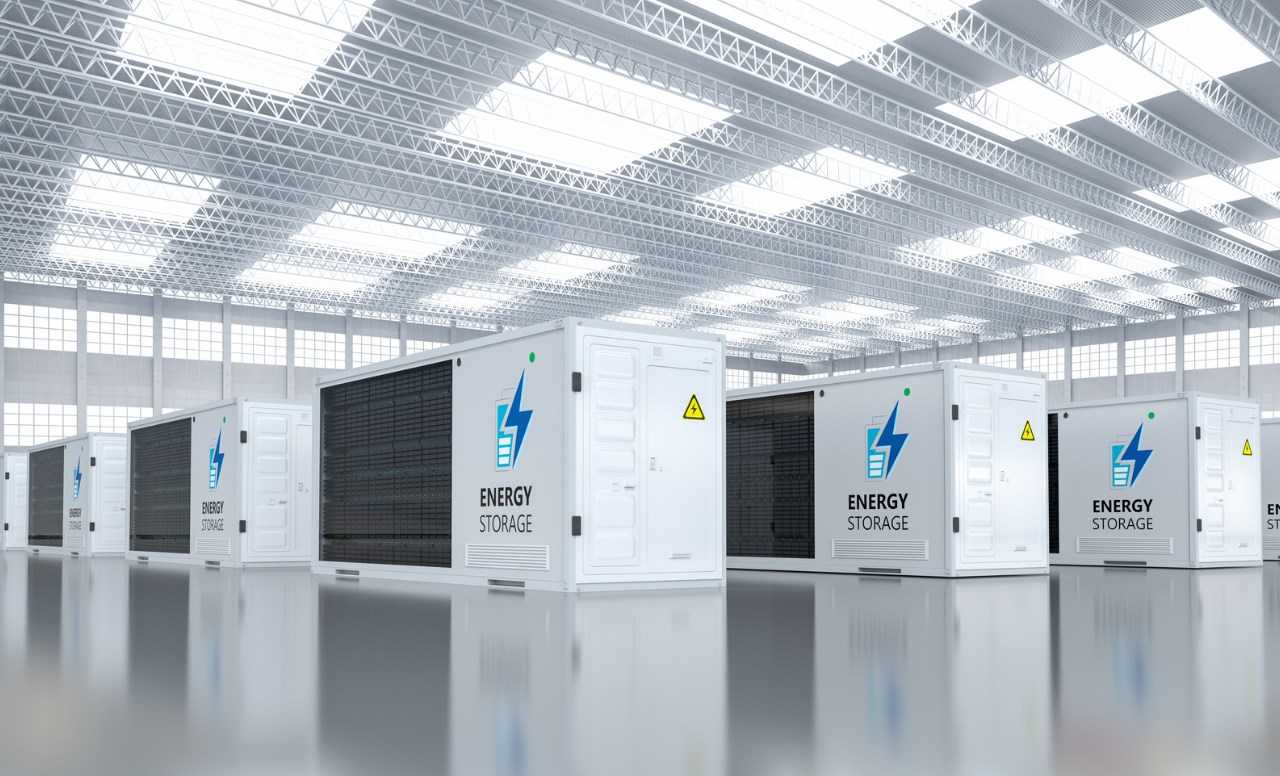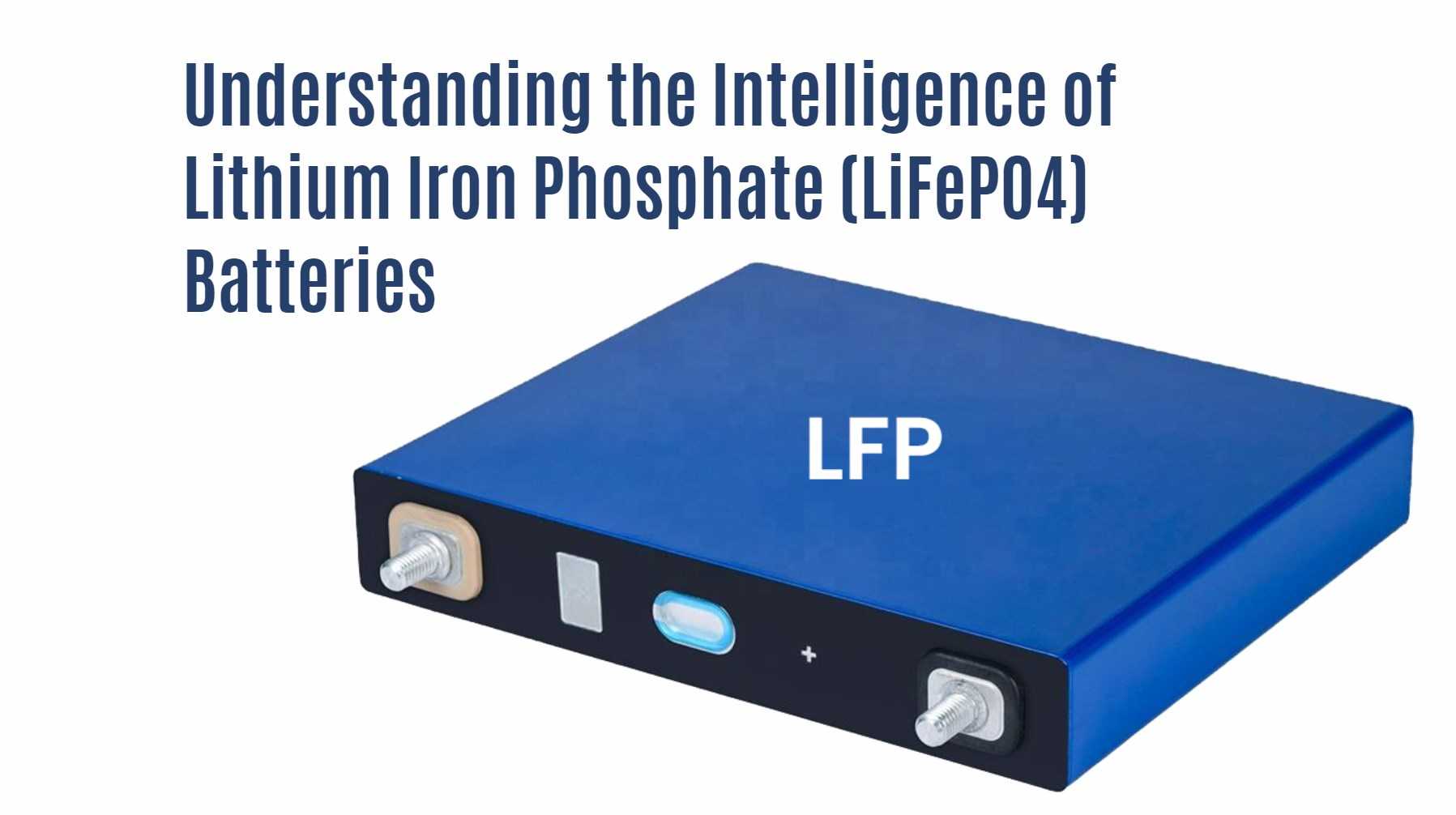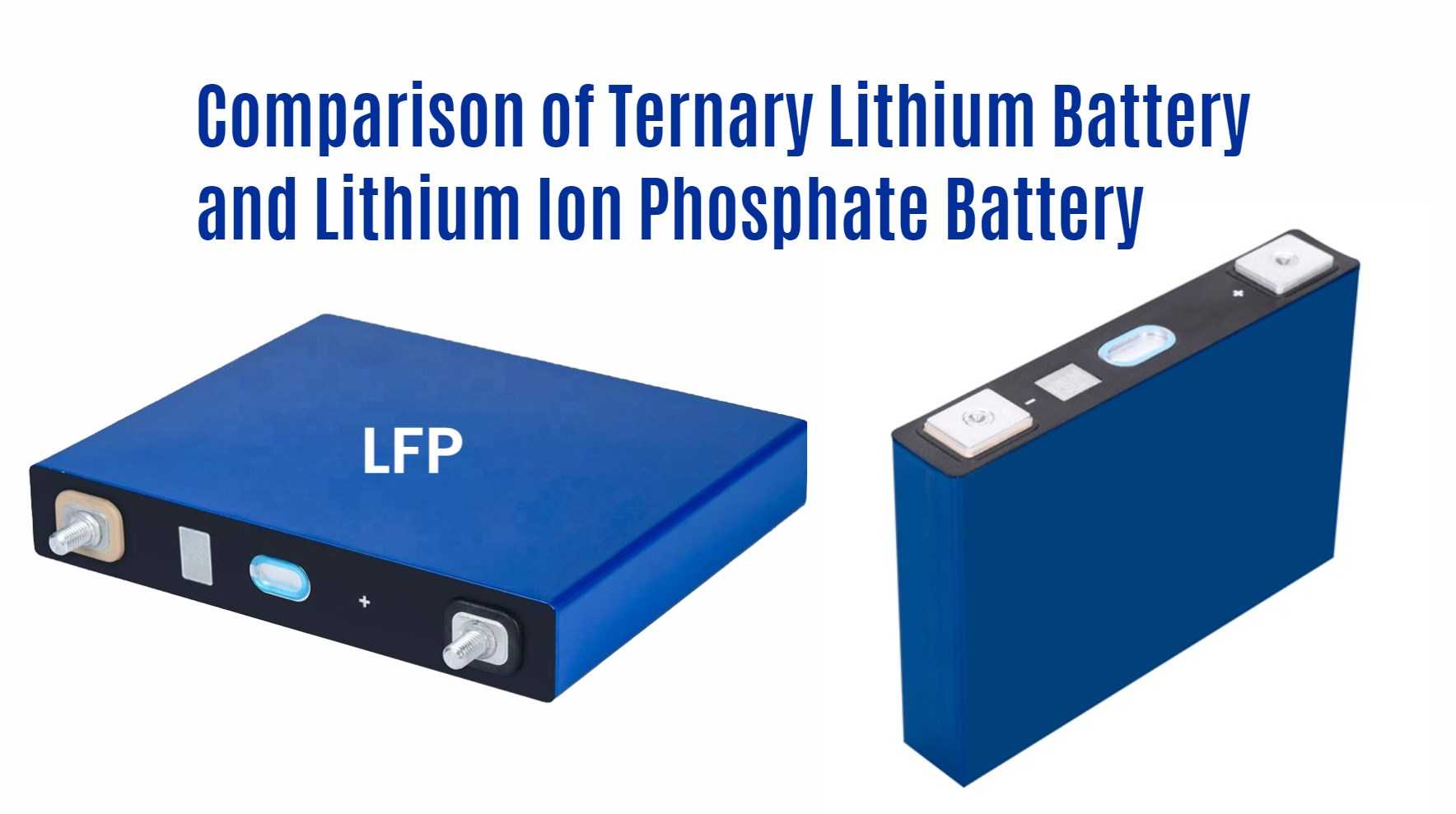Ternary Lithium Battery – Concept, Safety, And Development
Researchers are developing ternary lithium batteries to revolutionize energy storage. These batteries offer high energy density and enhanced safety. Learn about the unique features and potential impact of ternary lithium batteries on energy storage technology. Discover the battery’s development, safety measures, and why it’s a game-changer.
What is a Ternary Lithium Battery?
Dive into the realm of ternary lithium batteries, a revolutionary type of rechargeable battery employing a cathode material crafted from a unique blend of three transition metal elements. The term “ternary” signifies the presence of three essential components within the cathode, shaping the battery’s core functionality.
- Composition and Significance:
- Ternary lithium batteries utilize a cathode as their positive electrode, a pivotal component in lithium-ion battery technology.
- The cathode comprises three key transition metals: nickel (Ni), manganese (Mn), and cobalt (Co), blended in various ratios to form a ternary compound.
- Enhanced Energy Density:
- Renowned for their heightened energy density, ternary lithium batteries offer increased capacity, ensuring prolonged and efficient battery performance.
- This elevated energy density positions them as ideal power sources for diverse applications, including electric vehicles, portable electronics, and energy storage systems.
- Versatile Applications:
- Ternary lithium batteries play a vital role in powering electric vehicles, where their superior energy density contributes to extended driving ranges.
- Widely adopted in portable electronics, these batteries provide a reliable energy source, delivering long-lasting performance in everyday devices.
In essence, ternary lithium batteries stand out for their innovative cathode composition, leading to superior energy density and versatile applications across various industries.
Ternary Lithium Battery Development
Explore the innovation of ternary lithium batteries, a rechargeable type with a distinct composition utilizing three lithium metals in the anode. These batteries, featuring a transition metal oxide cathode and lithium salt electrolyte, boast higher energy density, making them particularly appealing for applications like electric vehicles where weight and space are crucial.
- Key Components:
- Ternary lithium batteries incorporate three lithium metals in the anode, a transition metal oxide, typically cobalt oxide, in the cathode, and a lithium salt electrolyte in an organic solvent.
- This unique combination enhances the energy density of ternary lithium batteries, distinguishing them from traditional lithium-ion counterparts.
- Evolution and Demand:
- Originating in the early 2000s, the production of ternary lithium batteries has surged in response to the increasing demand for electric vehicles and other weight-sensitive applications.
- Their higher energy density positions them as a prominent choice, particularly in sectors where maximizing power in limited space is paramount.
- Safety Considerations and Ongoing Development:
- Ternary lithium batteries are generally perceived as safer than traditional lithium-ion batteries due to a reduced likelihood of overheating or catching fire.
- Despite this, reports of explosions or fires necessitate ongoing research to enhance the safety profile of ternary lithium batteries, reflecting the dynamic nature of their development.
In summary, the journey of ternary lithium batteries unfolds with their distinctive composition, higher energy density, and ongoing efforts to refine safety and performance in the evolving landscape of rechargeable batteries.
How safe are Ternary Lithium Batteries?
Discover the safety considerations associated with ternary lithium batteries, a type known for its stability when used correctly. While these batteries, composed of cobalt, nickel, and manganese, offer improved stability and reduced overheating risks, it’s crucial to understand potential hazards and adhere to proper usage guidelines.
- Composition for Stability:
- Ternary lithium batteries incorporate cobalt, nickel, and manganese materials, enhancing their stability and lowering the risk of overheating, distinguishing them from traditional lithium-ion batteries.
- Safe Usage Practices:
- When used according to the manufacturer’s instructions, ternary lithium batteries are generally safe and pose no greater risk than other battery types.
- It’s essential to follow safety precautions, carefully read instructions, and avoid disassembling or tampering with the battery to prevent potential dangers like short circuits.
- User Responsibility:
- Users should be aware that, like any battery, ternary lithium batteries can be hazardous if misused.
- Consulting a qualified professional for any safety concerns or questions about ternary lithium batteries is advisable, ensuring responsible and secure usage.
In summary, understanding the stable composition of ternary lithium batteries and adhering to proper usage guidelines is crucial for ensuring safety. Users should follow manufacturer instructions, adopt safe practices, and seek professional advice when needed for a secure battery experience.
The Different Types of Ternary Lithium Batteries
Explore the world of ternary lithium batteries, a rechargeable type utilizing three distinct materials for the positive electrode. While offering higher energy density and cost-effective production, it’s crucial to understand the variations and safety considerations among the main types: LiCoO2, LiFePO4, and LiMn2O4.
- LiCoO2 – High Energy, Low Stability:
- Most common among ternary lithium batteries, LiCoO2 boasts high energy density and cost-effectiveness.
- However, its drawback lies in lower stability, making it more prone to fire risks when overcharged or damaged.
- LiFePO4 – Safety and Longevity:
- LiFePO4, the second most common type, comes at a higher cost but ensures enhanced safety and stability.
- Ideal for electric vehicles, LiFePO4 batteries can endure numerous discharge and recharge cycles without capacity loss.
- LiMn2O4 – Optimal Combination, Higher Cost:
- LiMn2O4 offers an excellent balance of energy density, safety, and stability.
- Despite being the most expensive, it’s a preferred choice for applications prioritizing safety and performance.
In summary, while ternary lithium batteries present advantages like higher energy density and cost efficiency, understanding the nuances of LiCoO2, LiFePO4, and LiMn2O4 is essential for making informed choices based on specific needs and safety considerations.
Comparison of Ternary Lithium batteries and Lithium iron phosphate(LiFePO4) batteries
Delve into the world of rechargeable batteries – LiFePO4 and ternary lithium batteries (Li-ion). While both offer advantages, understanding the distinctions is crucial for informed decisions.
- LiFePO4 – Cost-Effective but Limited:
- LiFePO4 batteries are budget-friendly but have lower charge density, necessitating more frequent replacements with frequent use.
- Heavier in weight compared to ternary lithium batteries, it’s vital to consider weight implications in your decision-making process.
- Ternary Lithium Batteries – High Charge Density and Safety:
- Ternary lithium batteries, or Li-ion batteries, boast high charge density and energy efficiency.
- Safety is a significant advantage as they lack harmful chemicals, though caution is needed to avoid fire risks through proper handling and adherence to instructions.
Conclusion: For most users, ternary lithium batteries emerge as a preferable choice, offering a balance of high charge density and safety features. However, individual needs and considerations, such as budget and weight, should influence your decision between LiFePO4 and ternary lithium batteries.
Types of ternary materials
Discover the diverse world of ternary materials in lithium batteries, encompassing oxides, sulfides, and phosphates. Each type brings unique qualities influencing battery performance.
- Oxide Ternary Materials – High Performance at a Cost:
- Commonly used, oxide materials excel in high charge and discharge rates, ensuring a prolonged battery life.
- Despite their impressive performance, oxides come at a higher cost compared to other ternary materials.
- Sulfide Ternary Materials – Budget-Friendly with Trade-Offs:
- Sulfide materials offer a more economical option, yet compromise on battery lifespan and charge/discharge rates.
- A practical choice for those seeking affordability but willing to accept certain performance limitations.
- Phosphate Ternary Materials – Cost-Efficient with Shorter Lifespan:
- The most budget-friendly option, phosphate materials come with a trade-off – a shorter battery life and lower charge/discharge rates.
- Ideal for applications prioritizing cost-effectiveness over extended battery performance.
Understanding the nuances of oxide, sulfide, and phosphate ternary materials empowers users to make informed choices based on their specific needs and priorities.
What are the advantages and disadvantages of ternary lithium batteries?
Explore the innovative world of ternary lithium batteries, utilizing three distinct materials in their electrodes. Uncover the benefits and drawbacks that shape their performance.
- Energy Storage Prowess:
- Ternary lithium batteries stand out by storing more energy compared to traditional lithium-ion counterparts.
- This enhanced capacity makes them ideal for applications requiring prolonged power.
- Enhanced Safety Features:
- A notable advantage is the reduced risk of overheating and fire, contributing to a safer battery experience.
- Ternary lithium batteries prioritize safety, making them a reliable choice for various applications.
- Drawbacks: Cost and Lifespan Considerations:
- Despite their advantages, ternary lithium batteries come with higher costs, impacting their accessibility.
- Additionally, users should be mindful of their relatively shorter lifespan compared to other rechargeable battery options.
Understanding the trade-offs between energy storage, safety, cost, and lifespan empowers users to make informed decisions based on their specific needs.
How do you charge your ternary lithium battery?
Charging your ternary lithium battery demands attention to detail and adherence to safety guidelines. Let’s delve into the key considerations for a secure and efficient charging process.
- Choose the Right Charger:
- Ensure you use a charger specifically designed for your ternary lithium battery to avoid potential damage.
- Using an incorrect charger may lead to battery issues or, in extreme cases, pose a fire risk.
- Follow Manufacturer’s Instructions:
- Always adhere to the charging instructions provided by the manufacturer for your specific battery model.
- Manufacturers provide guidelines tailored to their batteries for optimal performance and safety.
- Understanding Risks:
- Acknowledge the potential risks associated with charging lithium-ion batteries, emphasizing the need for caution.
- Charging outside the recommended parameters may result in severe consequences, including damage or fire.
By prioritizing the right charger, following manufacturer instructions, and being aware of potential risks, users can ensure a safe and effective charging experience for their ternary lithium batteries.
How long does it takes go charge a ternary lithium battery?
It takes about an hour to charge a ternary lithium battery. The charging process is simple and safe, and the battery will last for several years with proper care.
Conclusion
In conclusion, ternary lithium batteries offer a great deal of potential for the future. This type of battery is lightweight and offers higher energy density than its predecessors, making it an attractive option for a wide range of applications. While there are still some safety issues that need to be addressed before these batteries can be safely used on a large scale, the development process is ongoing and progress has already been made in this area. With further research and development, we may soon see ternary lithium batteries becoming commonplace in many industries!

